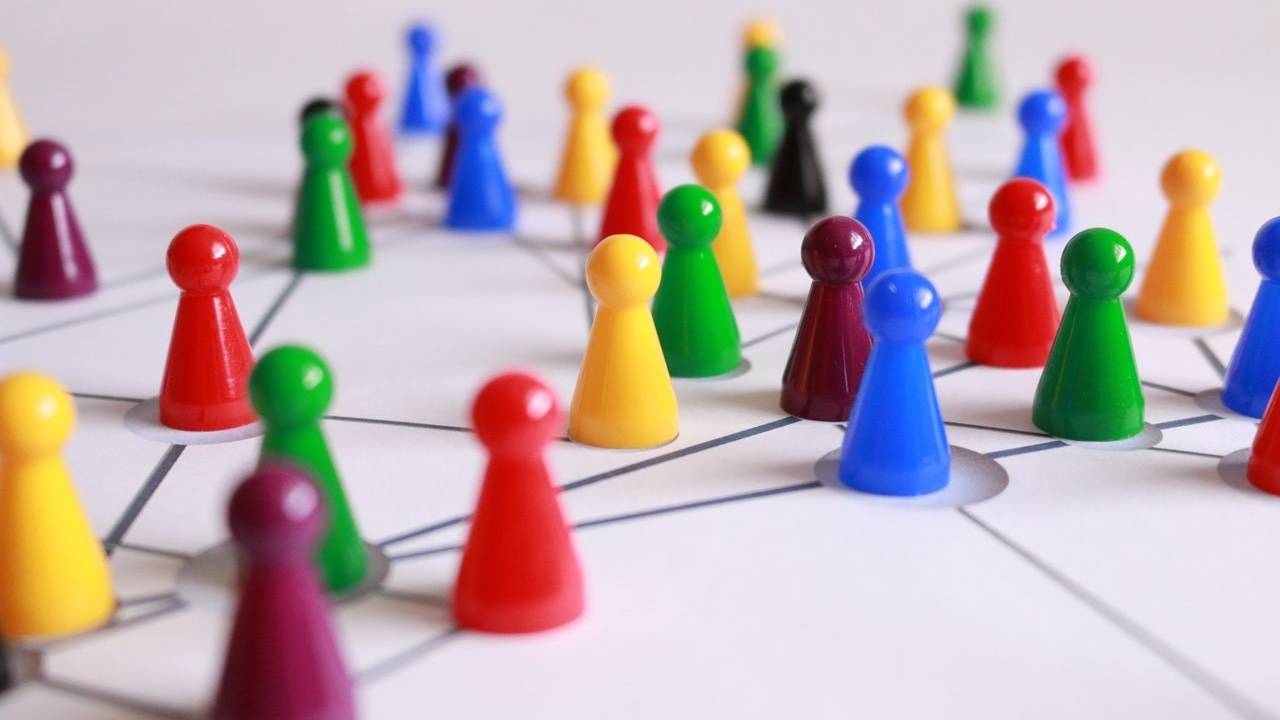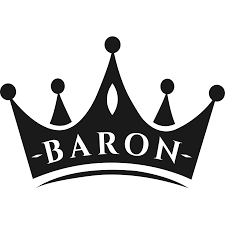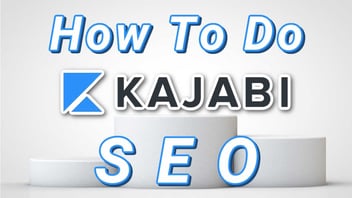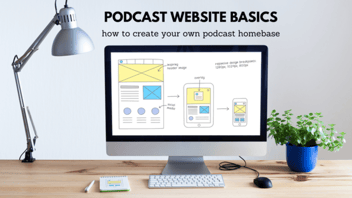
Whether you have just signed up for LinkedIn or you are already active you might be wondering how many LinkedIn connections you can have.
The answer is not an easy one to answer. Some say adding anyone and everyone who will accept your request is the best practice.
Being on LinkedIn and having connections is not just about being popular, it's about how those connections can help build your brand, services, or niche.
People in the know recommend sending requests to those you know personally instead of to everyone you have been in contact with over the years. Depending on your goals, the way you use LinkedIn may be different than your best friend or colleague. It is up to you to decide.
Many LinkedIn users want to connect with as many other individuals as they can to increase second and third connections through those connections.
Perhaps as a LinkedIn user yourself you have seen these networkers, who as soon as they get 501 connections their profile displays the number of their connections as “500+” instead of specific digits.
This can be helpful if you are in a job or hoping to get a job soon that requires you to connect with strangers in a wide array of industries.
Other LinkedIn users choose their network more carefully and prefer to include those they know in-person as opposed to the occasional industry connection. This might be a better choice for LinkedIn users who would like to keep their newsfeed more curated and simply focus on real-life connections or a specific niche.
Whatever works best for you is the answer as to how many connections you ought to have on LinkedIn. Here are a few ideas to help you decide where you want to concentrate.
Who Should Be Added?
If you want to create a resourceful network, begin by sending out requests to people you know in real life. Do not limit sending those requests to people you have just met face-to-face, especially if your goal is to create a huge network.
Possible connections to reach out:
- Colleagues — Add present and past co-workers you would like to maintain as professional connections or potential references.
- Classmates and school chums — A former classmate might be one who knows the ins and out of a specific industry or niche or could help you with your next job interview.
- Business Cards — Check over your business card collection, contacts in your emails, and even personal letters. Adding these could result in more leads and opportunities than just connecting with them via email or by telephone.
Open Dialogue
After you build up your LinkedIn network, start working toward establishing a conversation by sending a message. If it is someone you know from work or school, drop a note, and ask them what they have been doing since you last saw them. However, if it's someone you added because of their industry connections, send them some kind of note via email, text, etc., stating why you requested them and why you hope to add them as a connection on LinkedIn.
If you have just started working with a newer connection, look at their profile, and click “Recommend [then add the name]” to drop a personal recommendation. This will be displayed for all to see on their profile. Think about requesting that they write you a recommendation, too. It never hurts to ask, right?
Not All Requests Are Equal
Do be careful of adding all requests you get on LinkedIn. Remember, if your overall goal is to build up a large network, accepting all requests may not ideally be a good way to go.
If you want a more curated network, visit the requester’s profile to see if the connection will benefit you in the long run. For the most part, many requests are from legitimate people who want you in their network. However, there are some users out there who will lift your network list which could become possible leads to sales or jobs to build up their network.
If you find others are lifting your list adjust your user settings to protect your connections and stop others from viewing them.
Nothing Is Set In Stone
Ultimately there is no set number of LinkedIn connections that one might have or want. It is up to you to strategize the best way to use LinkedIn for your own needs. Whether you have ten or thousands of connections is your choice.
In the end, keep your profile current, post significant career content like articles or news, and have a positive friendly attitude while interacting with other LinkedIn users and members.





